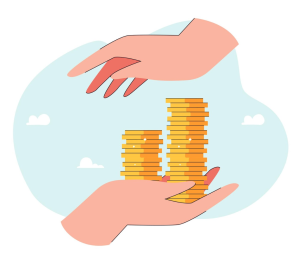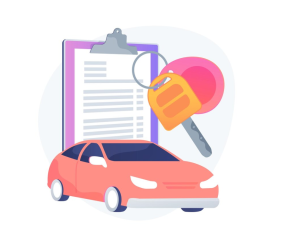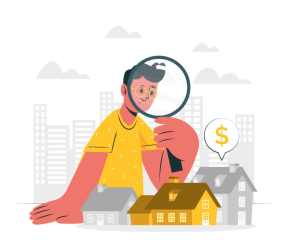Introduction
Consumer debt, encompassing various forms of borrowing such as credit cards, personal loans, and instalment plans, plays a significant role in facilitating consumption, achieving financial goals, and managing unexpected expenses. However, the complexities of consumer debt necessitate a nuanced understanding of its benefits and drawbacks to make informed borrowing decisions. In this comprehensive exploration, we delve into the intricacies of consumer debt, highlighting its potential advantages and pitfalls, while offering actionable tips to strike a balance and optimise financial well-being.
Defining Consumer Debt
Consumer debt refers to money owed by individuals to financial institutions or lenders for goods and services consumed or acquired through credit-based transactions. Common examples of consumer debt include credit card balances, student loans, auto loans, and mortgages, each serving distinct purposes and carrying varying terms, interest rates, and repayment obligations.
Pros of Consumer Debt
- Immediate Access to Funds: Consumer debt provides individuals with immediate purchasing power, enabling them to acquire essential goods and services, cover emergency expenses, and seize opportunities without relying solely on existing savings or cash reserves.
- Smooth Cash Flow: Borrowing strategically through consumer debt instruments can help individuals manage irregular income streams, bridge temporary gaps in cash flow, and maintain liquidity to meet ongoing financial obligations and lifestyle needs.
- Building Credit History: Responsible use of consumer debt, such as making timely payments and maintaining low credit utilisation ratios, contributes to establishing and enhancing creditworthiness, which is essential for accessing future credit products and favourable loan terms.
- Financing Investments: Consumer debt can serve as a valuable tool for financing investments in education, homeownership, business ventures, and other wealth-building endeavors, facilitating asset accumulation and long-term financial security.
Cons of Consumer Debt
- Interest Costs: Consumer debt typically entails interest charges and fees, which can accumulate over time and increase the overall cost of borrowing, eroding financial resources and limiting discretionary spending opportunities.
- Debt Burden: Excessive reliance on consumer debt and high debt-to-income ratios can lead to financial strain, stress, and difficulty in meeting repayment obligations, potentially resulting in credit score deterioration, collection actions, and bankruptcy risks.
- Impulse Spending: Uncontrolled use of consumer debt may encourage impulsive spending behaviours, fuelling unsustainable consumption patterns, and exacerbating debt accumulation, leading to a cycle of indebtedness and financial instability.
- Opportunity Costs: Committing a significant portion of income to debt repayment limits the ability to allocate funds toward savings, investments, and other wealth-building activities, hindering long-term financial goals and delaying financial independence.
Navigating Consumer Debt: Tips for Balancing Financial Health
- Evaluate Needs vs. Wants: Differentiate between essential purchases and discretionary expenses, prioritising needs over wants to minimise reliance on consumer debt for non-essential spending.
- Budget and Track Expenses: Develop a comprehensive budget that outlines income sources, fixed expenses, variable costs, and debt repayment obligations, using budgeting tools and apps to monitor spending patterns and identify areas for optimization.
- Compare Loan Options: Before borrowing, research and compare loan terms, interest rates, and fees offered by multiple lenders to secure the most favorable terms and minimise borrowing costs over the repayment period.
- Create a Repayment Plan: Establish a realistic repayment plan that aligns with your budget and financial goals, prioritising high-interest debt repayment, and considering debt consolidation or refinancing options to streamline payments and reduce overall interest expenses.
- Build Emergency Savings: Maintain an emergency fund equivalent to three to six months of living expenses to cushion against unexpected financial shocks, reduce the need for emergency borrowing, and preserve long-term financial stability.
- Seek Financial Guidance: Consult with certified financial planners (CFPs) or credit counsellor to develop personalised debt management strategies, explore debt relief options, and gain insights into effective budgeting, saving, and debt repayment techniques tailored to your unique financial circumstances.
Conclusion
Consumer debt presents both opportunities and challenges, requiring individuals to strike a balance between leveraging credit responsibly to achieve financial goals and mitigating the risks of over-indebtedness and financial strain. By understanding the nuances of consumer debt, adopting prudent borrowing practices, and implementing proactive debt management strategies, individuals can navigate the complexities of borrowing, optimise financial well-being, and pursue a path toward long-term financial security and prosperity.






